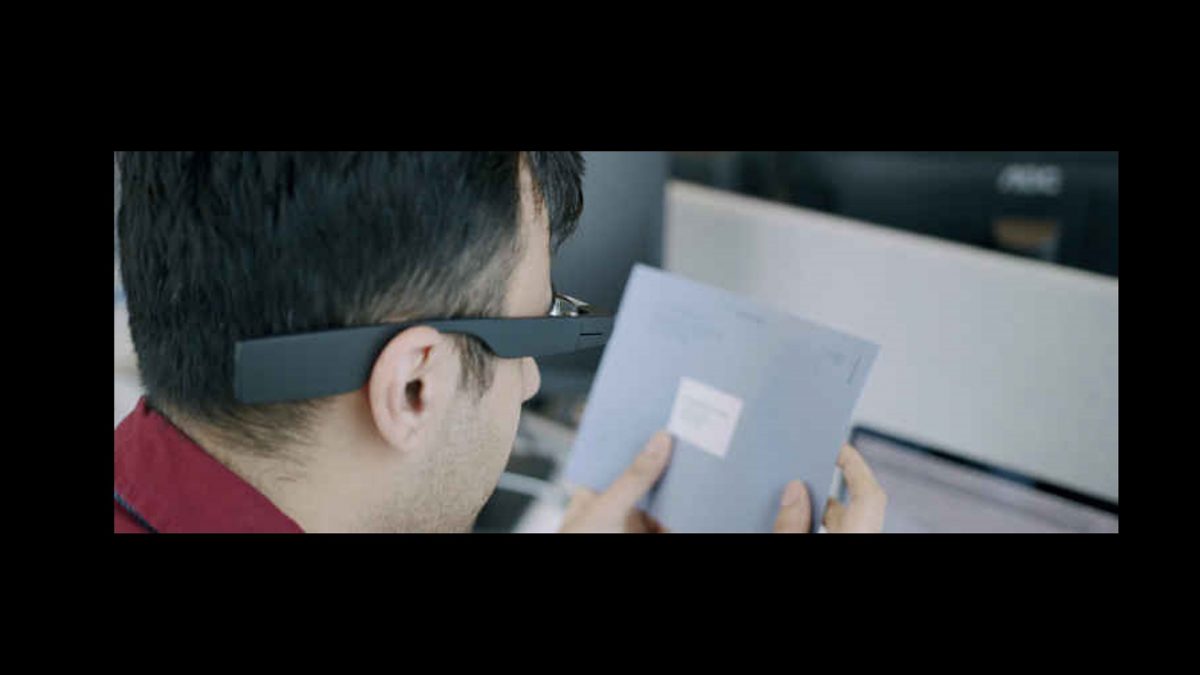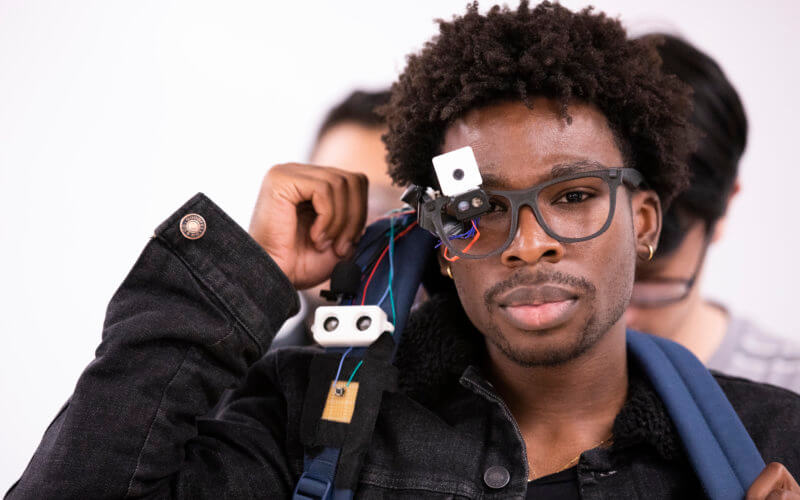AI-Powered Visual Aids: The Next Step in Assistive Technology for the Blind
AI-Powered Visual Aids: The Next Step in Assistive Technology for the Blind
Blog Article
Enhancing Ease Of Access Via Assistive Innovation for the Blind
The integration of assistive technology for the blind stands for a critical development in accessibility, fundamentally changing how individuals navigate their environments and engage with society. As we check out the varied kinds of assistive devices and their concrete impacts on everyday living, it comes to be important to examine just how recurring technical improvements are reshaping the landscape of support for the blind area.
Introduction of Assistive Innovation
Assistive technology describes a variety of tools and software made to improve the abilities of individuals with specials needs, including those that are aesthetically damaged or blind. This technology plays a critical duty in advertising self-reliance and enhancing the lifestyle for customers. By giving different methods for accessing information and performing everyday jobs, assistive technology equips people to navigate their settings much more properly.
The advancement and implementation of assistive innovation welcome a range of concepts intended at cultivating availability. These concepts consist of user-centered design, which focuses on the demands and choices of the individual, and the combination of modern technology right into everyday activities. Such advancements make sure that assistive gadgets are not only practical however also user-friendly and simple to use.
Additionally, assistive technology incorporates a varied spectrum of options, from low-tech alternatives like magnifiers to sophisticated developments such as display viewers and Braille screens. The continuous evolution of this field is driven by the demand to attend to the unique obstacles faced by individuals with aesthetic disabilities (Wearable technology for low vision). As innovation remains to breakthrough, the capacity for boosting access and advertising inclusivity remains encouraging, ultimately contributing to an extra equitable society

Sorts Of Assistive Tools
Many kinds of assistive gadgets are readily available to support individuals who are blind or aesthetically damaged, each developed to attend to certain demands and difficulties. These gadgets can be generally categorized right into three primary kinds: low-tech, mid-tech, and modern remedies.
Low-tech tools consist of things such as magnifiers, Braille tags, and tactile maps. These are relatively easy devices that boost the customer's capability to communicate with their setting without needing intricate modern technology.
Mid-tech gadgets commonly include extra innovative features, such as digital magnifiers and portable Braille note-takers. These gadgets can offer capabilities like speech outcome, enabling individuals to gain access to details extra efficiently.

Effect On Daily Living
The schedule of various assistive tools substantially boosts the quality of life for people who are blind or aesthetically damaged, affecting their day-to-day living in extensive means. By incorporating technologies such as screen visitors, Braille shows, and audio summary services into their regimens, individuals acquire greater freedom and freedom. These tools promote access to information, enabling individuals to perform everyday jobs, such as checking out emails, navigating public rooms, and delighting in media content.
Additionally, assistive devices encourage individuals to engage more completely in social communications and area activities. The capability to use smartphones geared up with access attributes permits for smooth communication and link with others. This connectivity cultivates a feeling of belonging and decreases sensations of isolation.
In specialist setups, assistive innovation sustains performance by allowing people to total work tasks effectively. Devices like voice recognition you could try here software program and specialized magnifying devices enable individuals to join the labor force on equal footing with their sighted peers.

Innovations in Innovation
Current technological improvements have significantly transformed the landscape of tools available for individuals who are blind or visually damaged. The assimilation of expert system (AI) and artificial intelligence has offered surge to applications that boost navigation and object recognition. Smartphone applications can now make use of AI to identify and explain surroundings in real-time, offering customers with useful contextual details.
Additionally, improvements in haptic technology have actually brought about the advancement of wise walking canes equipped with sensing units that spot barriers and provide tactile responses. This equips customers to browse their environment with raised confidence and independence. Moreover, technologies in text-to-speech software application and braille screens have boosted the accessibility of electronic content, enabling smooth communication with numerous media.
Wearable modern technologies, such as clever glasses, are also making strides in helping visual problems. These devices can provide enhanced reality experiences, overlaying essential information onto the individual's field of vision. Jointly, these you could try here developments not only enhance the lifestyle for individuals that are blind yet additionally advertise higher addition in culture. As innovation proceeds to develop, the potential for a lot more transformative devices stays coming up.
Future Trends and Innovations
As technology rapidly progresses, the future of assistive tools for individuals that are blind holds enormous assurance. Advancements in expert system (AI) and maker knowing are poised to revolutionize the method blind individuals connect with their environments. AI-driven applications are being created to improve object recognition, enabling individuals to identify and navigate their environments with higher ease and accuracy.
Moreover, improvements in haptic feedback modern technology are making it possible for the development of tactile maps and navigation aids that give real-time details through touch. These technologies not just boost mobility yet likewise foster self-reliance. Furthermore, wearable gadgets equipped with augmented fact (AR) attributes are emerging, offering individuals aesthetic info via sound descriptions, thereby connecting the space between the electronic and physical worlds.
Additionally, the integration of smart home modern technology presents new opportunities for ease of access, allowing individuals to control their living atmospheres through voice commands or mobile phone applications. As cooperation in between my review here tech developers and the blind community continues, the concentrate on user-centered style will make sure that future developments are customized to meet the one-of-a-kind needs of this populace (Wearable technology for low vision). The trajectory of assistive technology guarantees a more empowering and inclusive future for people who are blind
Verdict
In verdict, assistive modern technology plays an essential role in improving access for individuals with aesthetic impairments. Continuous developments in technology and user-centered style ensure that these devices cater effectively to the unique requirements of the blind area.
The assimilation of assistive technology for the blind stands for a critical improvement in accessibility, fundamentally altering exactly how people navigate their atmospheres and engage with society.Assistive innovation refers to a variety of gadgets and software developed to enhance the capabilities of people with specials needs, consisting of those that are aesthetically damaged or blind. Wearable technology for low vision.As innovation swiftly progresses, the future of assistive devices for individuals that are blind holds enormous guarantee. The trajectory of assistive innovation guarantees a more inclusive and empowering future for individuals that are blind
In verdict, assistive innovation plays a critical role in improving ease of access for individuals with aesthetic impairments.
Report this page